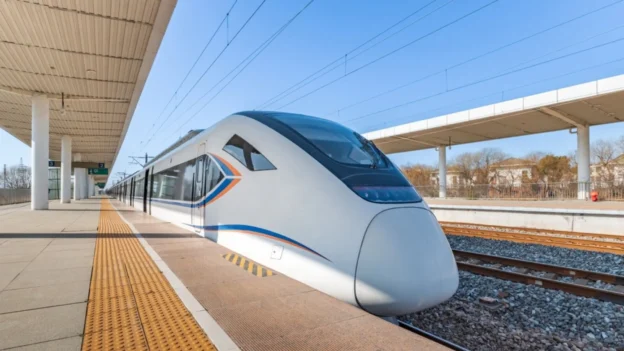High-speed rail transport has always faced a critical challenge: aerodynamic drag. When attempting to exceed 350 km/h, the energy required to overcome air friction increases dramatically, limiting the efficiency and performance of trains. However, a recent study in the field of high-speed train engineering seems to have found an ingenious solution.
Technology in aerodynamic drag
Professor Wang Tiantian’s team at Central South University’s Track Road Safety Laboratory achieved a 22.11% reduction in wind resistance by working together on the nose, pantograph and bogie fairings. This represents one of the largest improvements reported in railway research.
According to the study, one of the objectives was to extend the shape of the train nose to 15 meters, a strategy that generated measurable benefits. Also, the redesign of the pantograph to minimize its air resistance showed optimistic performance. Optimizing the bogie fairings with irregular configurations also offered significant aerodynamic advantages over more standardized designs.
By simultaneously improving these elements, the Chinese team has laid the groundwork for the next generation of high-speed trains capable of more efficient 400 km/h operation. With energy efficiency at the center of priorities, this comprehensive approach could improve the direction of the future of passenger rail transport.
Source: EurekAlert
Photo: Shutterstock

